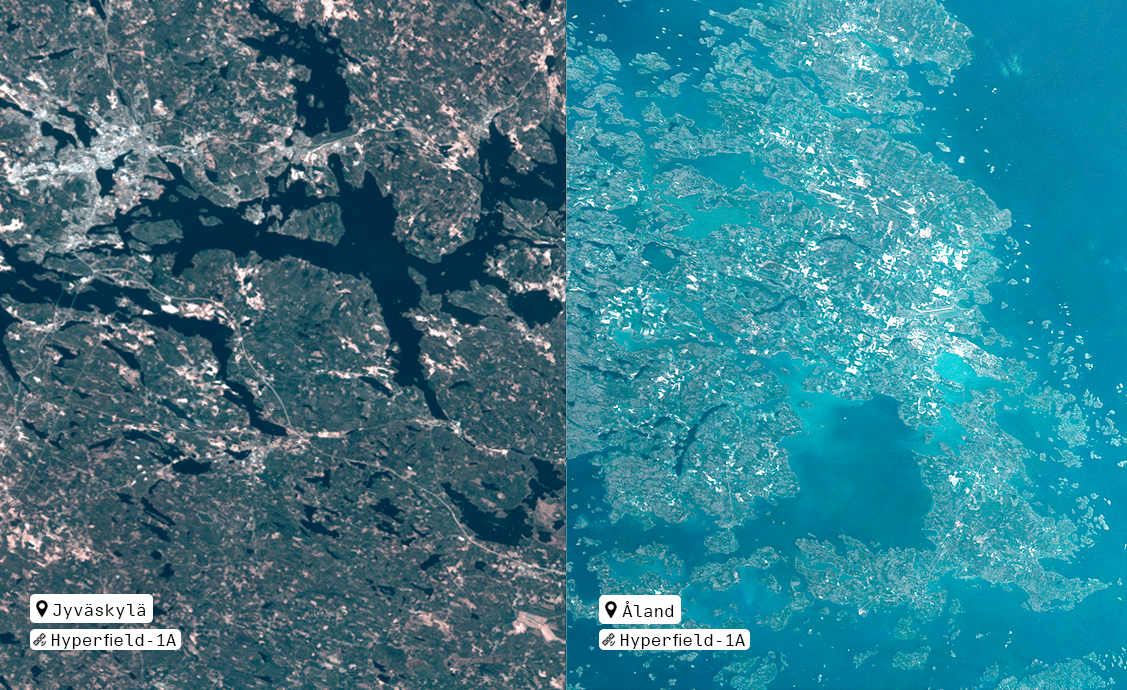BLOG • April 26, 2022
SUNSTORM catches massive solar eruption on Easter Sunday


On Easter Sunday, 17th of April 2022, our Sunstorm mission captured a massive flare from the Sun. Flares are eruptions of electromagnetic radiation and particles in the solar corona. The largest of them, called X-class flares, can be followed by dangerous space weather events around the Earth due to very high intensity electromagnetic radiation and huge amounts of energetic charged particles from the Sun. The flare on Easter Sunday was classified as X-class.
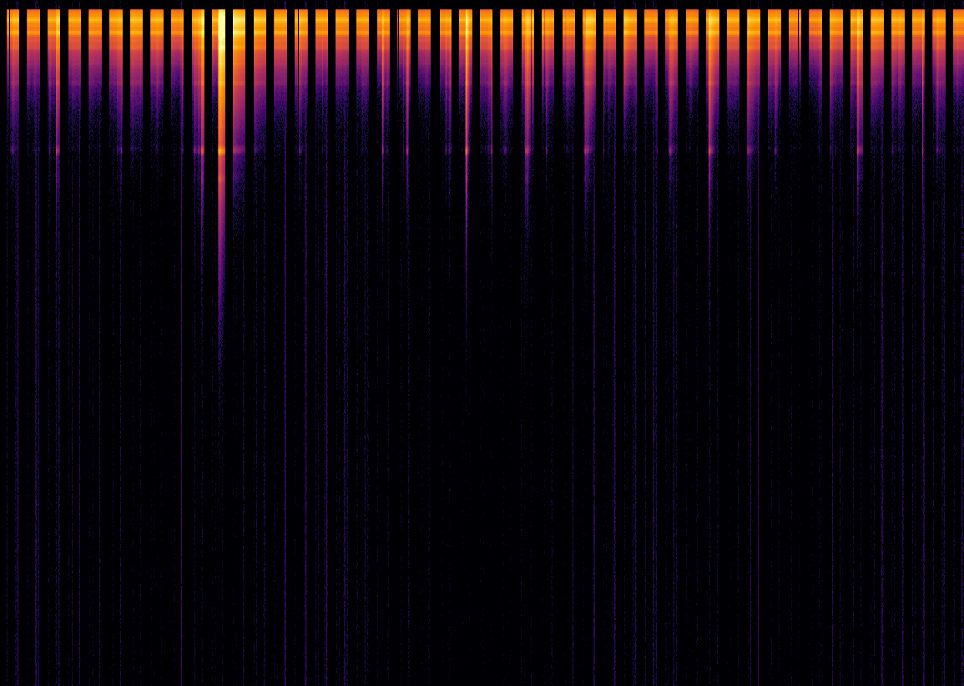
On Easter Sunday, 17th of April 2022, our Sunstorm mission captured a massive flare from the Sun. Flares are eruptions of electromagnetic radiation and particles in the solar corona. The largest of them, called X-class flares, can be followed by dangerous space weather events around the Earth due to very high intensity electromagnetic radiation and huge amounts of energetic charged particles from the Sun. The flare on Easter Sunday was classified as X-class.
Due to the high plasma temperatures of millions of degrees during flares, their electromagnetic spectrum is most intense in X-rays, which is the reason why X-ray instruments are used for their monitoring.
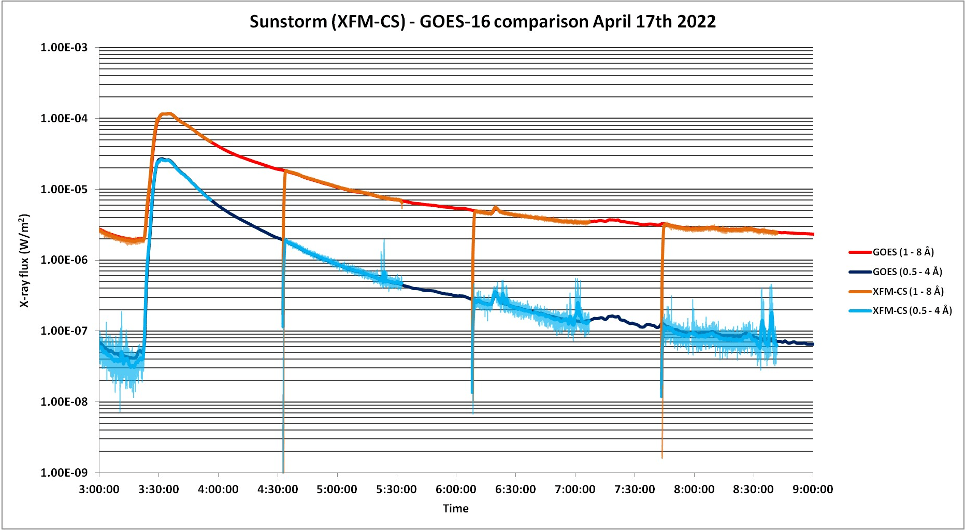
The data collected by Sunstorm matches well with the widely used reference data from GOES. In addition to the solar X-ray fluxes, XFM-CS measures high resolution X-ray spectra. The spectra yield more information on the dynamic properties of flares, thus improving our understanding of their physics, and can also be used for better estimates of space weather effects on the Earth.
“The XFM-CS X-ray instrument can provide new insights to disturbances in the ionosphere caused by space weather, which affect communication, navigation services and even radiation levels” says Juhani Huovelin, chairman of ISAWARE, the Finnish company leading the instrument consortium.
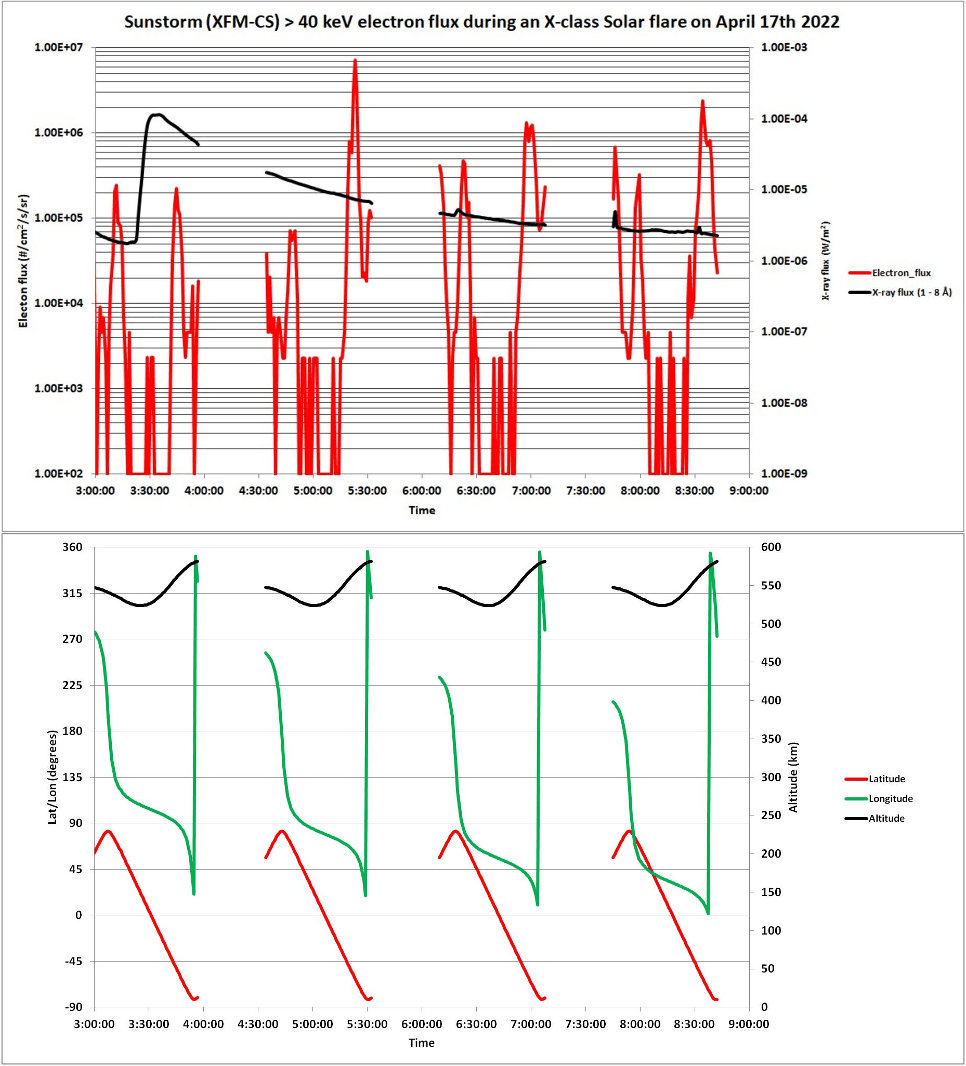
Sunstorm mission and the XFM-CS instrument are GSTP-funded activities by the European Space Agency. The mission provides a technology demonstration for the XFM-CS X-ray flux monitor and spectrometer. “This mission demonstrates that CubeSats are transitioning from high-risk proof-of-concept missions to fully operational high availability monitoring campaigns with usable scientific data. In the field of space safety, they can be utilised extremely well for in-situ campaigns on low Earth orbit” states Janne Kuhno, mission lead for Sunstorm in Kuva Space.
Resources

Case studies · November 5, 2025
Exposing dark vessels in contested seas with hyperspectral intelligence
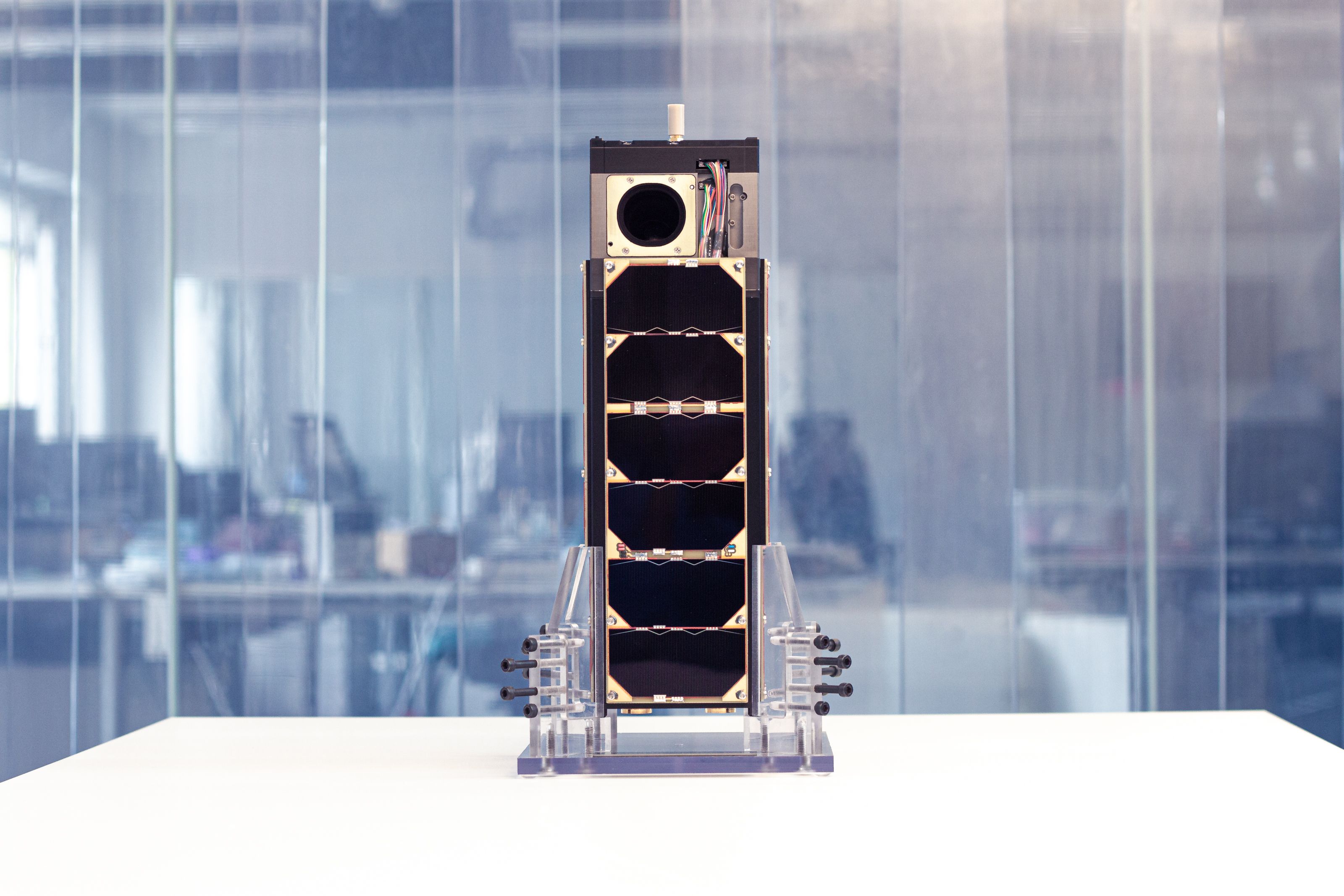
Press releases · October 1, 2025
